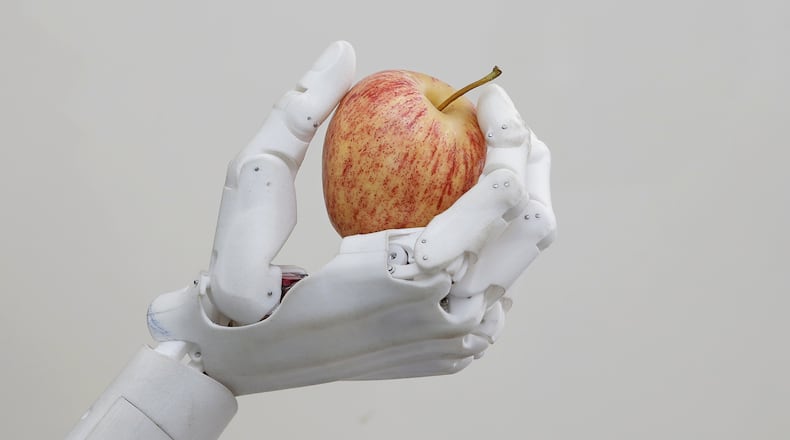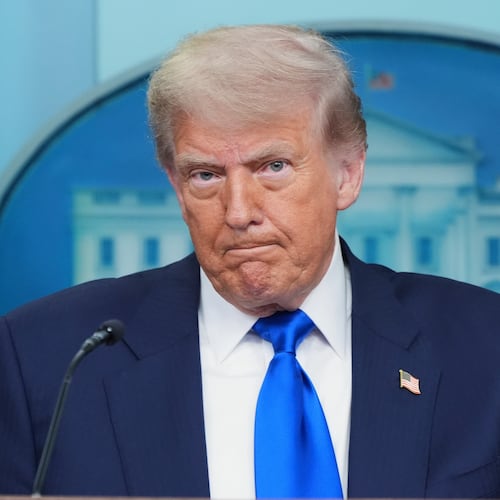We blame a lack of soft skills for college grads failing to land jobs, tsking that young folk don't understand the importance of eye contact and a firm handshake. Not so, says Ted Dintersmith, a former venture capitalist turned education advocate.
"They have the firm handshake, but they never get a chance to shake any hands," he says. "College grads tell me they fill out all these job applications and never hear back. I ask them if they can get to someone in the company who is not in human resources. They tell me the website says they shouldn't do that."
That's exactly what they should do, counters Dintersmith, recalling how impressed he was with a young entrepreneur seeking an audience with him who pleaded with his assistant to allow him to sit in the office and grab a moment with Dintersmith as he walked to his car.
"What I find missing completely is any sense of creativity," says Dintersmith. "If you are going to get something, you have to think about what is an interesting and bold way to go get it."
Dintersmith's own achievements embody boldness. In his two decades in venture capital, including being ranked as the top-performing U.S. venture capitalist, Dintersmith came to see success demanded innovation and entrepreneurship. In the 2015-2016 school year, he embarked on a 50-state tour of American schools, often arriving unannounced, to learn whether these skills were being cultivated in students. He met a dozen governors, half the chairs of legislative education committees and more than 100,000 teachers, students, parents and citizens.
No one defended the status quo, but Dintersmith found a misguided focus on doing old things better instead of doing better things. His findings led to a new book, "What School Could Be." He is also co-author of "Most Likely to Succeed: Preparing Our Kids for the Innovation Age," and executive producer of the film "Most Likely to Succeed," both of which highlight schools that encourage innovation rather than rote memorization and give students problems to solve rather than worksheets to complete.
Dintersmith believes his message is urgent, which is why he logs 270 nights in hotels to spread it and funds several major education initiatives. And why he spent 90 minutes with me on the phone talking about how tens of millions of jobs will disappear as machine intelligence races ahead. While technologists predicted 20 years before self-driving cars would be road worthy, it happened in five, says Dintersmith.
An early investor in tech start-ups, Dintersmith says it's almost impossible to appreciate the exponential growth in robotics and artificial intelligence. He points out the new zeal for teaching coding to kids overlooks two realities: A few genius coders write the software most of us use, and advancing machine intelligence will likely eliminate many basic coding jobs.
America must re-imagine education, he says, so millions of people aren't stranded by an economy that prizes creativity, innovation and invention.
Standing in the way is higher education, which Dintersmith maintains has a self-interest in the fallacy that going into debt for a college degree is a wise investment for almost everyone. The K-12 system now prepares students for college when it should be preparing them for life, he says.
College has become a high-stakes, multi-billion-dollar game with low-income students often the losers. "It's the air and water of our high schools, and it comes at a price," says Dintersmith. In too many high schools, he says the only question students ask is, "Will this be on the test?"
Rather than judge students by test scores and GPA, colleges ought to encourage applicants to present a body of work that demonstrates how they improved the world around them, he said. "Today, the purpose of U.S. education is to rank human potential, not develop it," he says, adding that, if colleges change what they value in students, high schools on down will follow suit.
But, he says we also have to accept that college isn't the path to success for all four million students leaving the K-12 system each year, and that companies increasingly prefer demonstrated ability over credentials. Dintersmith says the free-college-for-all movement is financially untenable and would lead to more batch processing at the expense of real learning.
Our best path, he says, is infusing more meaning into a high school diploma by giving students real-life challenges and opportunities to work for an organization or community. In his travels, Dintersmith said he saw teachers following this approach in places not typically heralded for innovation, including North Dakota and Hawaii.
Schools will change, he says, "one classroom at a time by teacher-driven, well-thought-out small steps leading to big change. "
About the Author
Keep Reading
The Latest
Featured



